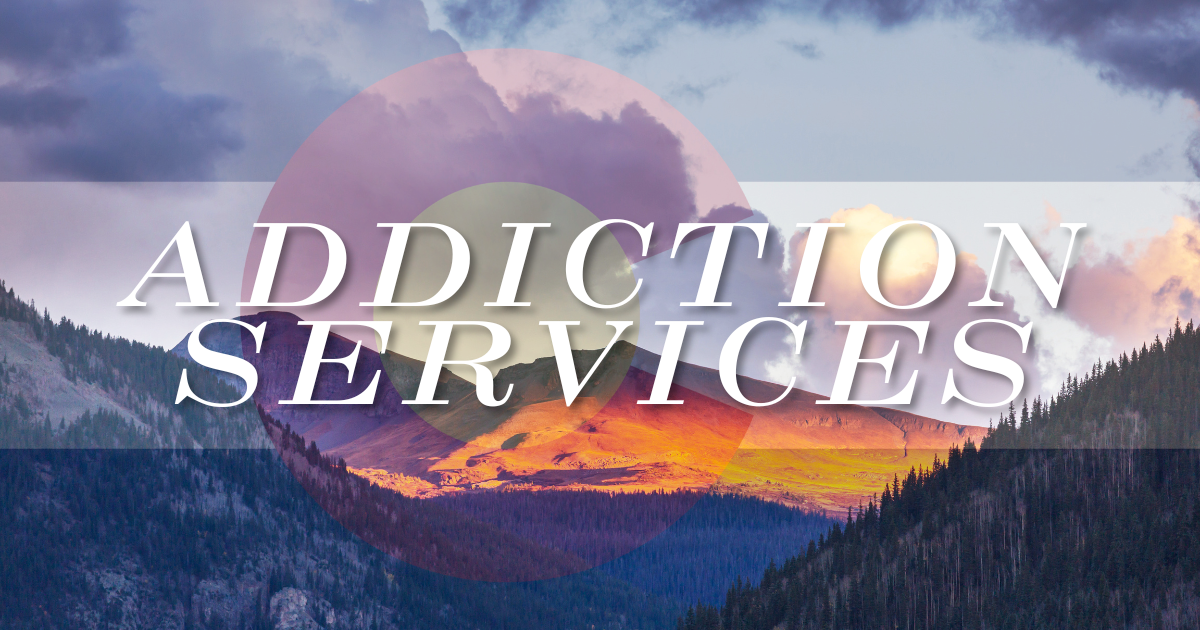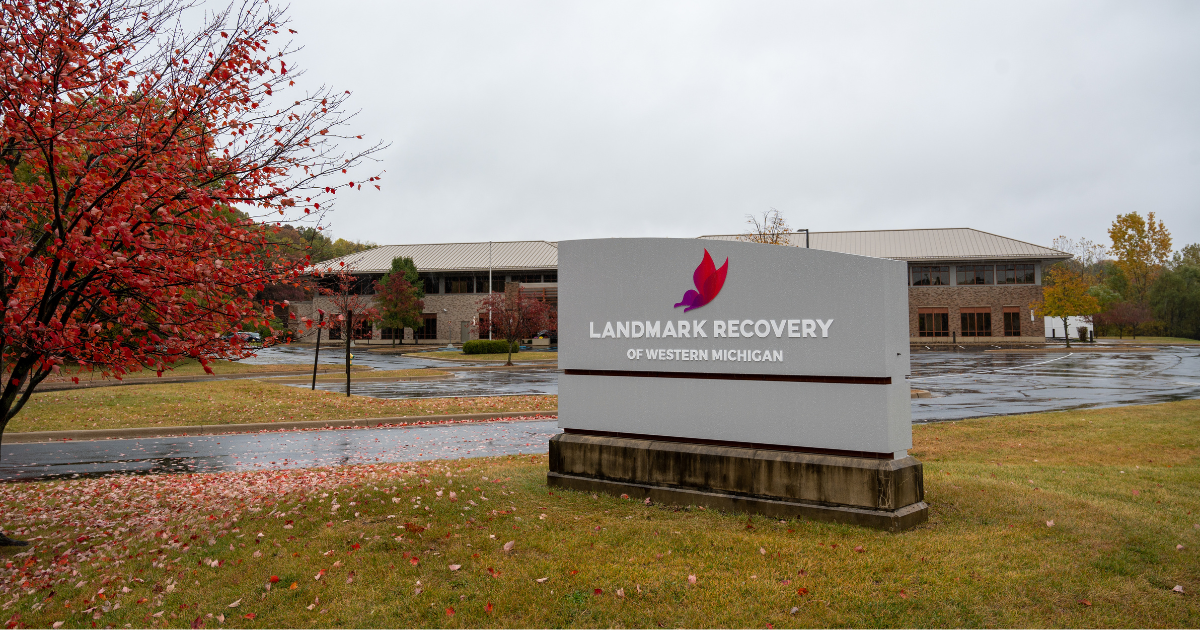For many people dealing with drug and alcohol use disorders, many of them will also be suffering from co-occurring mental or physical ailments, something known as comorbidity. Comorbidity describes two or more disorders or illnesses occurring in the same person. So, in the case of drug or alcohol abuse, substance abuse constitutes one of the illnesses, while another problem like depression or anxiety is also occurring. Comorbidity also implies that interactions between the illnesses can worsen both problems.
The belief in comorbidity among substance users relies on the position that substance abuse is a disease, a belief that is gaining more traction and is a consensus among the sober living community. According to the National Institute on Drug Abuse, addiction is a mental illness.
“Addiction changes the brain in fundamental ways, changing a person’s normal needs and desires and replacing them with new priorities connected with seeking and using the drug. This results in compulsive behaviors that weaken the ability to control impulses, despite the negative consequences, and are similar to hallmarks of other mental illnesses.”
Comorbidity is a frequent occurrence and actually can be the underlying issues for why many people turn to drugs and alcohol in the first place. Unfortunately, this only works to exacerbate the issue
How Common Is Comorbidity?
Many people who have a substance use disorder, such as opioid addiction or alcoholism, also develop other mental illness. Oftentimes people who are diagnosed with mental illness are also diagnosed with a substance use disorder. According to NIDA and studies that have looked at the prevalence of substance abuse co-occurring with mental health disorders, about half of people who experience a mental illness will also experience a substance use disorder at some point in their lives or vice versa.
According to the Social Work Public Health journal, a common comorbidity that occurs among those with substance use disorder include:
- Antisocial personality disorder
- Bipolar disorder
- Psychosis
- Depression disorder
- Anxiety disorder
These are some of the most common co-occurring disorders, and while about half of people with substance abuse deal with some of these, the problems can even be more severe and common for people with additional risk factors.
Genetic/Environmental Risk For Comorbidity
Genetic and familial risk for the development of substance use disorder becomes the most prominent and at-risk in the late teens.
It should be noted that developmental experiences and trauma can exacerbate substance use disorders and co-occurring disorders. Studies have found that women with caring mothers were less likely to have anti-social tendencies and less likely to deal with alcohol-related issues compared to women who felt as though they were rejected or neglected by their parents. Following a similar pattern, men who perceived their fathers as neglectful had more alcohol-related problems, and men with mother who were rejecting and overprotective fathers were more likely to show signs of antisocial behavior that was, in turn, linked to higher levels of alcohol use.
Moreover, clinical samples showed that children who experienced emotional and physical neglect had a higher risk of having multiple substance use disorders, higher levels of aggression, suicidal behavior, and psychosis. Specifically, patients with bipolar disorder who report being physically abused in childhood held a greater risk of developing substance use disorder, especially among marijuana users.
Comorbidity Treatment
Fortunately, for those dealing with co-occurring disorders that include substance abuse problems, there are treatment options available when it comes to substance abuse and underlying problems associated with the disorder. Many treatment centers nowadays will work on diagnosing patients with specific disorders such as depression and anxiety in addition to working on helping them overcome their addiction and achieve sobriety.
However, it may be more difficult for patients with co-occurring disorders to receive treatment as some patient demonstrate poorer treatment adherence and higher dropout rates from treatment. With that said, some treatment centers will not diagnose patients with co-occurring disorders and fail to see them, causing them to affect treatment which may lead to the increased dropout rates.
Treatment centers during the initial intake process will do a complete survey of the patient to determine a proper treatment plan and path forward. During this, substance use programs will screen for comorbid mental disorders and provide treatment where it is appropriate.
Cognitive Behavioral Therapy
Cognitive behavioral therapy is one of the most useful tools that is used in drug and alcohol addiction treatment centers. This type of therapy is generally conducted in a one-on-one setting and is used to address a patient’s personal triggers that could lead to abuse. Once these triggers are identified, therapists will work with the patient to develop healthier habits and responses to dealing with these relapses.
During these sessions, patients will be asked to open up about their addiction and discuss some of the insecurities, anxieties, and fears that surround their drug and alcohol use as well as their sobriety. Although it may be hard to open up like this, the ultimate result will be beneficial and will help in the long run.
Youth Treatment
As mentioned before, the onset of mental illness and substance abuse generally occurs during adolescence and childhood. People who develop problems earlier may be at greater risk for severe problems in adulthood. Some types of treatment options that are available and can be effective for children and adolescents include:
- Multi-systemic Therapy: This type of therapy targets a few key symptoms that are associated with serious antisocial behavior in children and adolescent with substance use disorders, such as attitudes, family, peer pressure, school, and more
- Brief Strategic Family Therapy: Brief Strategic Family Therapy helps by targeting family interactions that are thought to exacerbate adolescent substance use disorder and other co-occurring problem behaviors like conduct problems, delinquency, violent behavior, risky sexual behaviors, and more.
- Multidimensional Family Therapy: This is a type of intervention for adolescents that focuses on multiple risk factors for substance abuse and related comorbidity conditions. This therapy will address an adolescent’s interpersonal relationship with parents in the family environment.
Barriers To Treatment
While addressing comorbidity have become more common in some treatment centers, there are still facilities that use treatment systems that address drug and alcohol use and mental illnesses separately.
“Physicians are most often the front line of treatment for mental disorders, whereas drug abuse treatment is provided in assorted venues by a mix of health care professionals with different backgrounds. Thus, neither system may have sufficiently broad expertise to address the full range of problems presented by patients.”
One common barrier that those dealing with substance abuse and mental health issues face comes from the criminal justice system. According to NIDA, it is estimated that 45 percent of offenders in state and local prisons and jails have a mental problem comorbid with substance abuse or addiction. However, in these criminal justice settings, adequate treatment services are greatly lacking.
“Treatment complications, but also negative social outcomes by mitigating against a return to criminal behavior and re-incarceration.”
Luckily, there have been recent federal court ruling that will hopefully set a precedent for giving inmates addiction treatment while in jail. In May 2019, a federal court of appeals ruled that a rural jail in Maine must provide medication and treatment for a patient dealing with an opioid use disorder. While this is a good first step, there is still more work that needs to be done to promote treatment in the prison systems and across the nation in general.
Substance Abuse And Depression
Depression is one of the most common mood disorders across the country. According to the National Institute on Mental Health, about 7 percent of the population has at least one major depressive episode. However, this number can be even higher for people with substance abuse disorders. In fact, one study found that about 20 to 30 percent of people who have had emergency department visits related to substance abuse also screened positive for symptoms and signs of depression.
Depression is a more than just a bad day, it is a serious and debilitating disease that can lead to a number of different mental and physical health problems and can even lead to a life-threatening consequences.
Some common symptoms associated with depressive disorder include:
- Persistent sadness and anxiousness
- Feelings of hopelessness
- Irritability
- Feelings of guilt
- Loss of interest or pleasure in hobbies
- Decreased energy or fatigue
- Appetite and weight changes
- Thoughts of death or suicide
- Aches or pains without a clear physical cause
Along with substance abuse, there are a number of other risk factors associated with depression. However, it should be noted that depression is a common problem and it can happen at any age, but often beings in adulthood. Depression in midlife and older adults can co-occur with other medical illnesses such as diabetes, cancer, heart disease, and Parkinson’s disease. These conditions will also become worse when depression is present.
Other risk factors include:
- Personal or family history of depression
- Major life changes, trauma, or stress
- Certain physical illnesses or medications
While depression is more common among older individuals, adolescents and young adults are not immune to these problems.
Depression in Adolescents
According to NIDA, research has suggested that depressive symptoms are linked to the initiation of drug taking in adolescents. A study put together by researchers at the University of Southern California found that students’ depressive symptoms were found to be associated with lifetime use of cigarettes and other substances such as other forms of tobacco, marijuana, alcohol, inhalants, and prescription painkillers.
Other Specific Disorders
Along with depression, there are a number of common disorders that people suffering from substance abuse issues will also deal with, this includes:
- Anxiety Disorder — For people with co-occurring substance use disorders and anxiety disorders, the symptoms of these problems will often emerge during the course of chronic intoxication and the withdrawal from substances. Anxiety disorders can modify the course of illness for substance use disorders and vice versa. There are a number of different types of anxiety disorders, including generalized anxiety disorder. Common symptoms for these problems include feeling restless, muscle tension, feelings of worry, having sleeping problems, and more.
- Bipolar Disorder — Bipolar disorder is a brain disorder that causes unusual shifts in mood, activity levels, energy, and ability to carry out day-to-day tasks. There is some evidence that shows that substance use disorder co-occurrence was higher among people with bipolar disorder than among people with any other mental disorder. The reason for this could be because some people misuse substance to relieve psychological suffering.
- Post-Traumatic Stress Disorder — Technically, PTSD can be a form of an anxiety disorder but is so common among substance users that it should be considered its own category. In fact, one study found that adults with PTSD were two to four times more likely to have a comorbid SUD compared to those without PTSD. Similarly, among treatment-seeking users, a prevalence of lifetime PTSD has been reported as being as high as 50 percent. Also, in a majority of these cases, the development of PTSD precedes the development of substance use disorder.
Regardless of the specific problems, people who are dealing with co-occurring mental disorders require treatment that addresses both the substance abuse issue and the mental health problem.
Next Steps
Treatment centers are starting to understand the need to create a treatment plan that not only looks at substances used but underlying mental disorders that may be impacting and exacerbating these problems. Comorbidity is a common issue for people suffering from substance abuse disorder, if treatment centers fail to address this, it can lead to relapses and less effective treatment.
One facility that can help to address comorbidity and help patient get and stay sober is Landmark Recovery. Landmark offers patients access to medically assisted detox, inpatient treatment, and an intensive outpatient care program. During drug and alcohol treatment, patients will go through therapy sessions, such as cognitive behavioral therapy, to deal with and address their substance use issues. If you are interested in learning more about Landmark and a personalized care plan for your loved one, please visit our website and reach out to our admissions staff today.

Choose Recovery Over Addiction
We're here 24/7 to help you get the care you need to live life on your terms, without drugs or alcohol. Talk to our recovery specialists today and learn about our integrated treatment programs.




